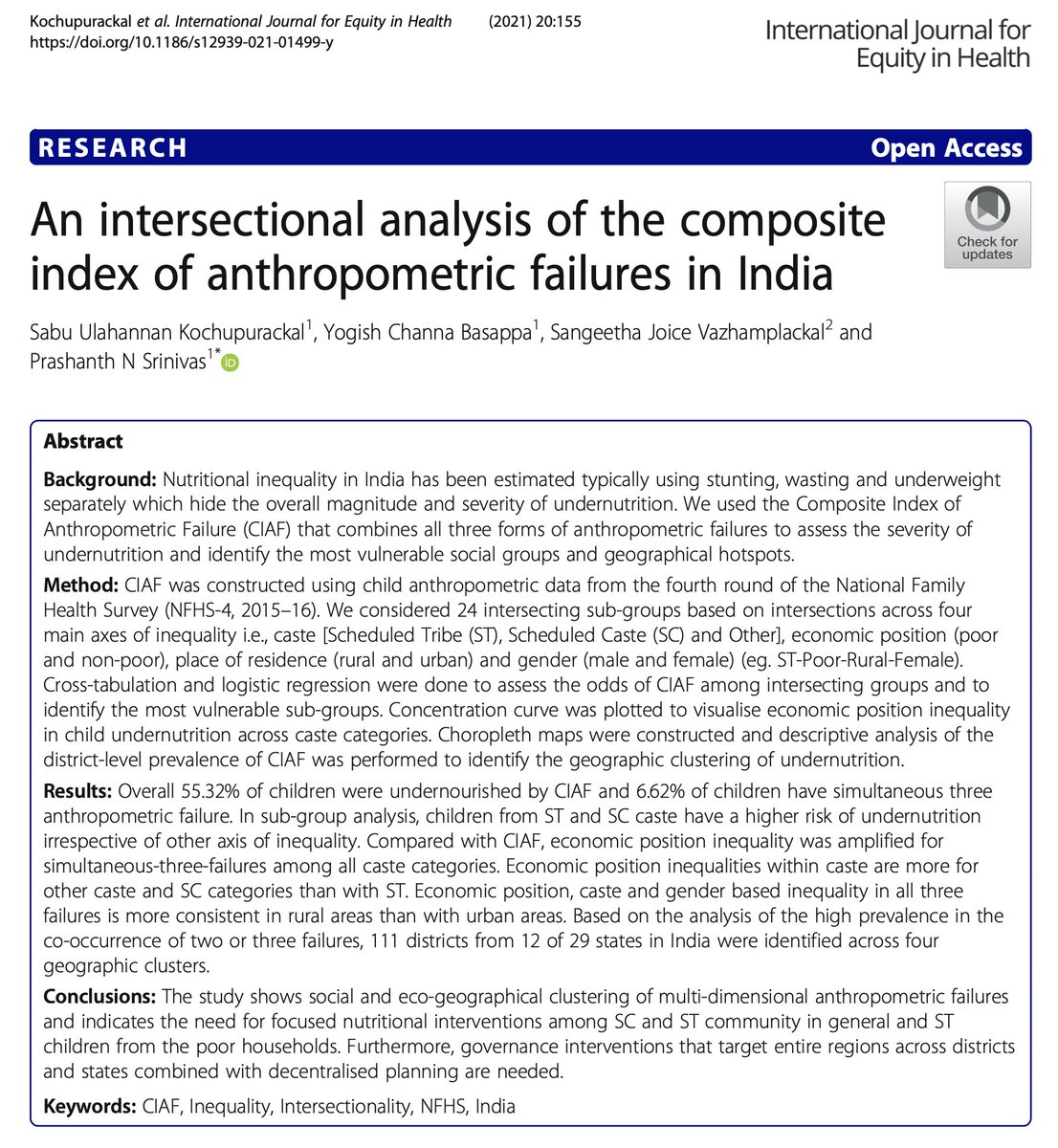
1/ Thread on landscape level (across administrative boundaries & sectoral jurisdictions) #OneHealth approach could ↑ socio-ecological solutions; our new paper analyses Emerging infectious disease (EID) risk in high altitude mountains/plateaus of Asia
link.springer.com/article/10.100…
link.springer.com/article/10.100…

2/ 75% of EIDs are zoonotic i.e, transmitted to us from animals: SARS, COVID19, HIV/AIDS, Avian Flu, Plague etc. they've always had pandemic potential, but increase in frequency linked to globalisation & increasing anthropogenic resource extraction & macroeconomic demands;
3/ In a supplementary file, estimates of human fatalities from known pandemics are tabulated (with links to sources); see for eg estimates from plague & Spanish Flu static-content.springer.com/esm/art%3A10.1… 

4/ accelerating land-use change, mining, deforestation ESPECIALLY those that're driven on industrial scale rather than those by indigenous/small farmers are heavily implicated; (1) economies of scale → trans-national/regional flows of people, animals & goods → pathogen flow
5/ (2) fragmentation of landscapes → greater contact of people, domestic & wildlife; (3) homogenisation of reduces/disrupts native/organic flows of pathogens/processes linked to resilience of ecosystems;
6/ use of antibiotics, pesticides etc create unknown/unstudied changes in human & ecological systems; wherever wildlife trade, hunting/trade/consumption of wildlife & traditional medicine use acquire large-scale those too contribute to the problem
7/ As our ongoing work on Kyasanur Forest Disease shows (see journals.plos.org/plosntds/artic…) rapid/recent land-use change implicated in spillover events; wider socio-ecological & macroeconomic context can pandemicise/epidemicise such events that would've normally petered out
8/ Forecast modeling with heat maps of zoonoses risk can be used to categorise high-risk hotspots; areas considered low-risk too in fact can easily change given rapid changes occurring; see for eg. the case of High Asia, comprising high-altitude 45 eco-regions;
9/ High Asia spans multiple countries in the region & is the distribution range of the Snow Leopard; these 45 mountain/plateau semi-arid high-altitude eco-regions also have been undergoing dramatic changes & have socio-ecological complex human-livestock-wildlife interfaces 

10/ I cherry-pick the more health/social components in my thread, but the paper is rich in characterisation of ecological features of the landscape thanks to ongoing long-term social & ecological work that several authors are involved in; 

11/ cold, dry & high-alt not necessarily unfavourable to zoonotic pathogens; so little work on OneHealth so we dont know enough; potentially low rates of pathogen exposure or lesser scope for co-evolution of pathogen-host relationships could render region more vulnerable
12/ Snow leopards, the top predator in this landscape has low density, but is known to travel large distances & its interface with domestic livestock is increasing; its wild prey too gregarious & sesonally vulnerable to disease;
13/ wild rodents & lagomorphs (also prey) are additional spp with enzootic cycling of pathogens; High Asia is also hosts 2 of 2 of 8 flyways (aerial highways of bird migrations!);
14/ indeed these flyways are visited by birds that winter/summer in west Africa & southern India & make pitstops in the region's large waterbodies where they interface with people, livestock & wildlife;
15/ human density is comparatively low but hugely productive for livestock with large grazing areas for the largely agro-pastoral communities; macroeconomic development in the region brings in new populations & resources; creates new niches for exchange;
16/ illegal demand for wildlife globally creates pressure on poor local communities for hunting/trading also contributing to spillover possibilities;
17/ we discuss potential pathways through which disruption of native hosts of some pathogens can drive spillovers (we cite Trypanosomiasis & West Nile studies);
18/ some potential "solutions" like eradication programs of rodents/"pests" could have unintended consequences of driving spillovers by disruptions of natural cycling;
19/ As with many other rural/remote communities, changing agricultural practices, mechanisation, homogenisation also drive rapid land-use change; new croplands opening up too rapidly can pass on new pathogens from livestock to wildlife that can travel long-distance;
20/ "Development", among other things, brings feral dogs, a major threat to widllife in multiple eco-regions & also aid exchange of pathogens between wild, livestock and human populations;
21/ Finally, their remote/marginal locations make them atypical; hence national/regional health systems design often not adapted to the unique socio-ecological realities;
22/ most countries in the region have limited community engagement participation in health services creating vulnerabilities & possible missing of spillover events, poor preparedness;
23/ Main zoonoses in High Asia sorted by type of disease (viral, bacterial, and parasitic) and main hosts involved have been listed; we also review possible list of diseases/pathogens for major taxa in the region;
So what you ask?
So what you ask?

24/ (1) large macro-economic initiatives in the region (also linked to geopolitics & countries flexing economic muscles) could increase risks of spillover; see for eg. Belt & Road initiative;
25/ (2) strong investments in strengthening health systems esp OneHealth based approaches that involve intersectoral work across human, animal & wildlife health; not only biomedical epi-risk based, but also community engagement given remote & marginalised communities;
26/ this for me is the greatest limitation of OneHealth which has tended to have too heavily a "risk"-based focus with limited social science engagement, but that's largely a function of who's doing the OneHealth work and hopefully will change;
27/ Thanks to my Charudutt Mishra and colleagues for steering this; @snowleopards @snowleopard_ncf @ncfindia @gsamelius @munibkhanyari @iphindia @india_alliance @_SLU @JohanssOrjan
28/ beyond my paycheck to suggest more humane & sustainable models of economic shifts, but wthN, so here goes </end>
@threadreaderapp unroll
• • •
Missing some Tweet in this thread? You can try to
force a refresh





